Dichtblättrige Ständelwurz
Epipactis densifolia W. HAHN, J. PASSIN & R. WEGENER 2003
Ber. Arbeitskr. Heim. Orch. 20 (1): 59-61 (2003)
Typus: Türkei, Provinz Konya, nahe Sarioglan

Abb. 1
Türkei, Gazipasa, 22.05.08
typische Blattstellung
Foto: EG
Dichtblättrige Ständelwurz von lat. densus = dicht und folia = Blätter, bezugnehmend auf die dachziegelartig dichte Stängelbeblätterung.
Höhe: |
Pflanze aufrecht , kräftig 65 cm (30 – 90); oft in Gruppen |
|
Stängel: |
im austreibenden Zustand im unteren Teil violett überlaufen; später braun; kurz graufilzig behaart |
|
Blätter: |
|
|
Blütenstand: |
meist ziemlich locker und langgestreckt, reichblütig über 50 (25-65) Einzelblüten, Blütenstand oft einseitwendig |
|
Fruchtknoten und Stiel: |
Fruchtknoten und Stielchen dunkelgrün –im Ansatz leicht violett überlaufen-, kurz grauflaumig behaart |
|
| Tragblätter: | die untersten sind sehr groß, nach oben hin kürzer und schmaler werdend |
|
Blüten: |
groß, weit geöffnet |
|
| Bestäubung | allogam |
|
Sepalen: |
seitliche länglich- bis eirund-lanzettlich, zugespitzt, grün und oft leicht violett überhaucht, das mittlere vornübergeneigt |
|
Petalen: |
eiförmig-lanzettlich, bisweilen violett überlaufen, kürzer als die Sepalen |
|
Hypochil: |
innen dunkelrotbraun, nektarführend |
|
| Durchgang zwischen Hypo- und Epichil: | Übergang trogförmig, 0,15 cm breit |
|
Epichil/Calli: |
herzförmig, violett überlaufen, nicht zurückgeschlagen; zwei stark entwickelte raue Kalli mit Mittelgrat dazwischen |
|
Gynostemium: |
Pollinien oft mehr oder weniger vorgeschoben; Klinandrium manchmal reduziert; Viscidium gut entwickelt funktionsfähig (allogam) |
|
|
||
Blütezeit: |
M. 6 – M. 7 |
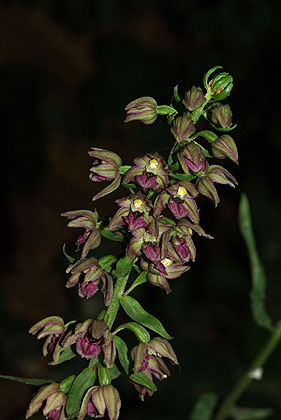
Abb. 2
Griechenland, Samos, 15.05.2010
Foto: Z. ANTONOPOULIS
Manchmal auch wenigblütig. Blätter nicht immer so „salatkopfartig“; Stängel nicht immer violett überlaufen bzw. braun.
Mit anderen Vertretern aus der Epipactis helleborine-Verwandschaft z.B mit Epipactis bithynica und Epipactis turcica. Allerdings haben sich alle Angaben für Epipactis bithynica aus der Südtürkei als Verwechslungen mit Epipactis densifolia erwiesen. Epipactis bithynica blüht ca einen Monat später als Epipactis densifolia und hat maximal 5 kleinere Stängelblätter. Eher ist eine Verwechselung mit Epipactis turcica möglich, mit der sie meist gemeinsam vorkommt. Letztere hat schmalere Blätter, hell bis mittelgrün, am Rande stärker gewellt, stängelumfassend, tütenförmig stärker aufwärts gerichtet.
Epipactis densifolia gehört in die nähere Verwandschaft von Epipactis helleborine. Bei diesen Taxa ist der blättertragende Anteil des Stängels größer als der blütentragende.
Gebiet: |
Bisher gesichert in der Südtürkei in den Provinzen Antalya, Konya, Karaman und Mersin. In diesen Provinzen betreffen sicher einige Angaben zu Epipactis turcica die früher nicht bekannte Epipactis densifolia z.B. beim niedrig liegenden mehrfach veröffentlichten Fundort von Gazipasa. |
Höhe: |
100 – 1600 m |
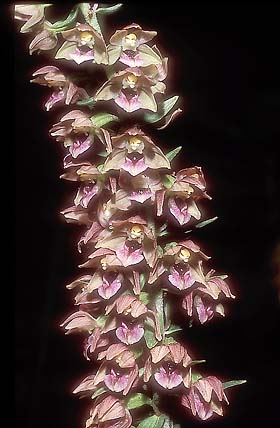
Abb. 3
Türkei, Gazipasa, 22.05.08
häufig dichte Infloreszenz
Foto: EG

Stand 2010
Verbreitungsgebiet
Kartenquelle: www.mygeo.info
Boden: |
trockener kalkhaltiger Untergrund |
Exposition: |
Südhänge bevorzugt, jedoch werden auch West- und Osthänge besiedelt |
Biotoptyp: |
lichte Eichen- oder Kiefernbewaldung mit krautreichem Unterwuchs, halbschattig. |
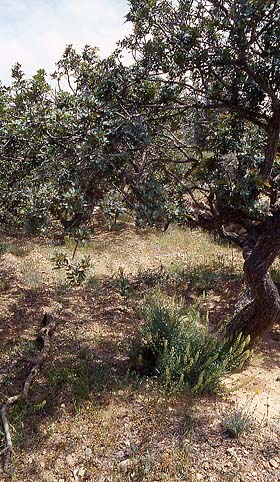
Abb. 5
Griechenland, Chios, Olimbi, 18.05.2009
Foto: HP
Die Art gehört zum Epipactis helleborine/tremolsii-Komplex. Sie kommt meist zusammen mit der ebenfalls zu diesem Komplex gehörenden Epipactis turcica vor.
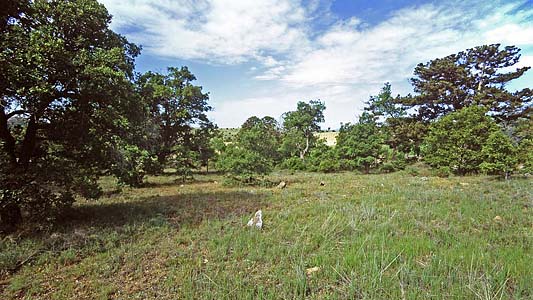
Abb. 4
Türkei, der Friedhof von Mehmedali-Belören,
locus typicus, der heute als Biotop leider vollkommen zerstört ist
Foto: HZ

Abb. 6
Griechenland, Samos, 15.05.2010
Foto: Z. ANTONOPOULIS

Abb. 7
Griechenland, Chios, Olimbi, 18.05.2009
Foto: HP

Abb. 8
Türkei, Gazipasa, 22.05.08
zierliches Exemplar
Foto: EG
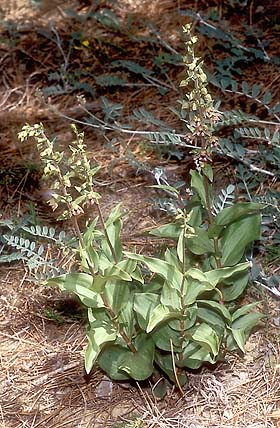
Abb. 9
Türkei, Basyala, 01.06.08
Pflanzengruppe Waldrand; hat auch Eigenschaften der E. turcica, evtl. Hybride
Foto: EG
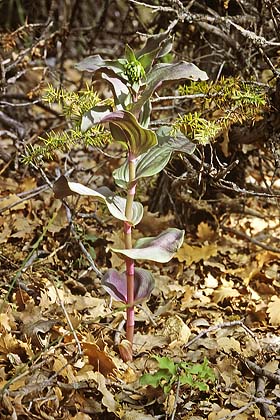
Abb. 10
Türkei, Friedhof Mehmetali-Belören, 25.5.95 typische Blattfärbung bei junger Pflanze
Foto: HZ
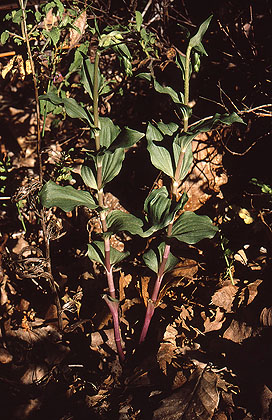
Abb. 11
Griechenland, Lesbos, Prof. Elias 29.05.2009
Foto: D. BERGFELD

Abb. 12
Türkei, Gazipasa, 15.05.95
untypisch farblich abgesetzte Kalli
Foto: EG

Abb. 13
Türkei, Basyala, 01.06.08
lockerer Blütenstand
Foto: EG
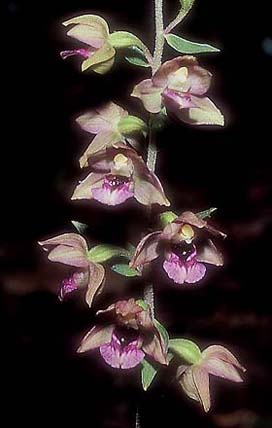
Abb. 14
Türkei, Gazipasa, 22.05.08
lockerer Blütenstand
Foto: EG
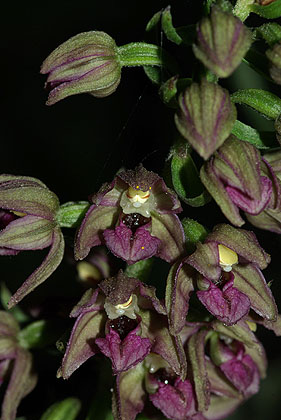
Abb. 15
Griechenland, Samos, 15.05.2010
Foto: Z. ANTONOPOULIS

Abb. 16
Türkei, Gazipasa, 22.05.08
typische kräftig gefärbte Blüten
Foto: EG
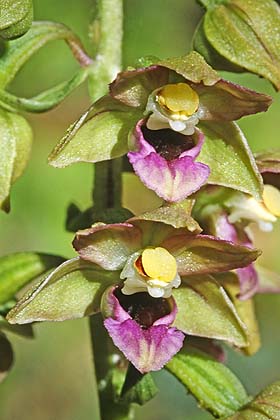
Abb. 17
Türkei, Friedhof Gazipasha, 15.5.95
Foto: HZ
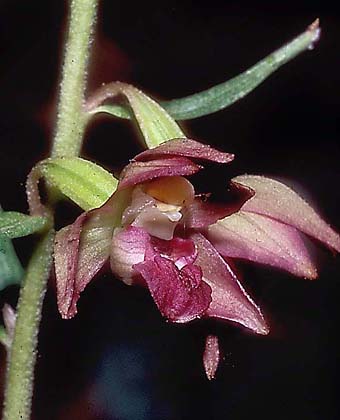
Abb. 18
Türkei, Ibradi, 05.06.08
violett überlaufener Stiel der Fruchtknoten
Foto: EG
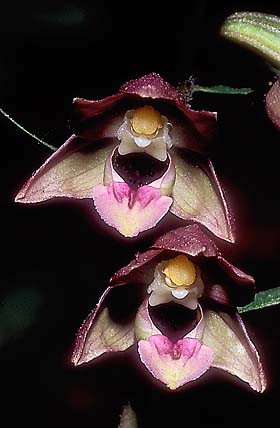
Abb. 19
Türkei, Ibradi, 05.06.08
deutlicher Mittelkiel der Kalli
Foto: EG